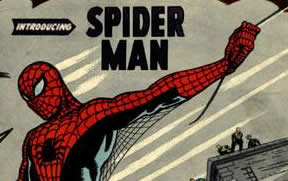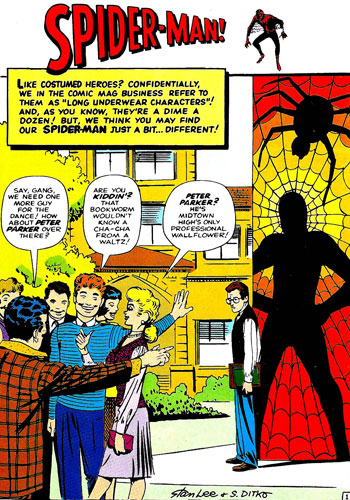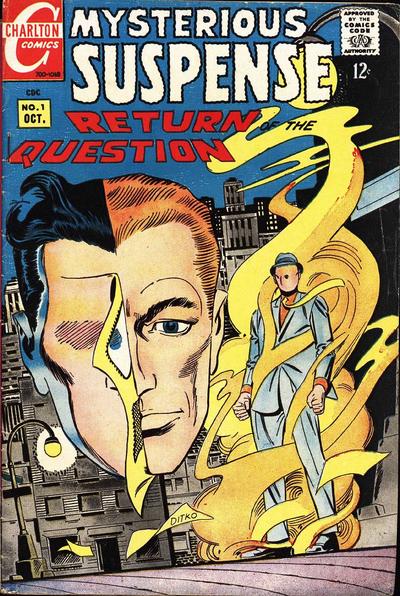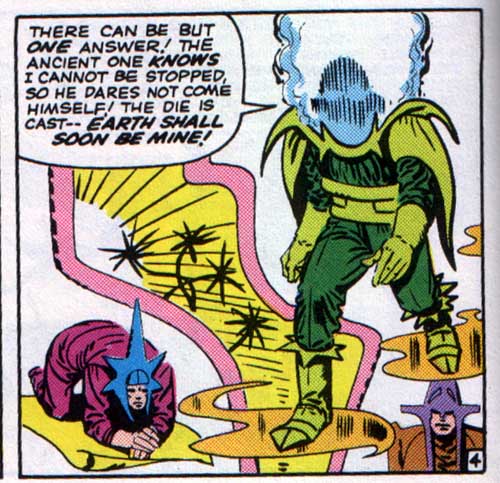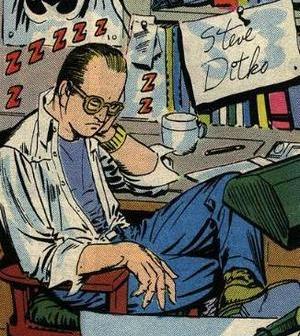Based on glowing recommendations from Pierre and a new appreciation for the storytelling in
The Walking Dead, I started reading Robert Kirkman's
Invincible from Image Comics. I'll won't go into a in depth review of the series here today but I will say I enjoy it.
I had been putting off reading the series because I think in my later years, I have developed a prejudice against Off Brand Superhero comics. I think a lot of that is due in part to the wave of
Youngblood and (later)
Authority clones we have seen in recent decades.
However, that has not always been the case with me, and over the years, I have tried out a lot of Off Brand Superhero comics. Here is what I consider my Top Ten Favorites from decades past with a few honorable mentions at the end. For the sake of this article, I am defining Off Brand Superheroes as Spandex wearing characters. How many are you familiar with and who would you add to the list?
No 1: Nexus by Steve Rude and Mike Baron

While this series sometimes meandered during story lines, there is no denying the brilliance of Steve Rude's artwork. And Mike Baron often took the stories in some fun and unexpected places.
No. 2 Dreadstar by Jim Starlin

This might seem like a bit of a cheat to put this here, as some people might categorize this title as Space Opera or Sword and Planet. This series is Jim Starlin in his prime on a series he put a lot of thought into. Along with Nexus, this is one of the longer running series on this list with a lot of amazing crescendos throughout the run.
No. 3 The Elementals by Bill Willingham

Before he became a multimillionaire ;) writing Fables for Vertigo, Bill Willingham created his take on the Fantatic Four back in the 1980s. Great artwork and zippy storylines made this a fun title to read. Unfortunately, financial problems with
Comico resulted in a mess later.
No. 4 The Strangers by Steve Englehart and Rick Hoberg

The Ultraverse brought us a ton of great titles. This was such a great setup. Strangers on a subway car all get superpowers due to an unexplained power bolt and later we get a mystery as someone seems to be killing off members of the group.
No. 5 The Futurians by Dave Cockrum

As with many titles on this list, this group had a bouncey publishing history. Still, Dave Cockrum's signature design style always made it worth reading when you could find it.
No. 6 Next Men by John Byrne

This should probably be up higher in the list, but sometimes John Byrne's plotting just leaves me cold. However, if you are even remotely a fan of John Byrne's work in any form, I would strongly suggest sampling this series.
No. 7 Grendel by Matt Wagner (writer) and others as artists

This title spanned multiple versions and eras of the title character as it kept going so it's a bit hard to really review as a whole per se. I will say that it is perhaps the finest examination of the enduring influence of heroic legends and the permutations that can develop around such myths.
No. 8 Doctor Mirage by Bob Layton and Bernard Chang

Like the Ultraverse, Valiant produced a lot of great comics during their short tenure, so it was hard to pick a favorite easily. To be honest, XO Manowar and Harbinger were really the two I liked best from that line, but
Doctor Mirage fits my prescribed definition of an off brand superhero better. I've always liked the focus on the relationship between Doctor Mirage and his wife in this series. It sort of reminded me of the banter between Nick and Nora Charles in the
Thin Man series. Also, even back then, it was easy to see that Bernard Chang was a real superstar.
No. 9 The Justice Machine by Mike Gustovich

I remember this series being full of some really clever ideas (the facist planet the series takes place on is named
Georwell) and plot twists at the time, but finding issues was sooooo hard. Later incarnations would vary in quality (so much so that in one later volume, events in a previous volume were openly mocked.)
No. 10 Next Man by Vince Argondezzi

Is there anyone besides me that remembers this series? Probably not. Even my memory of the series is vague, but what I DO remember is that the art was a wonderful facsimile of Jack Kirby's style at a time when most comics were shunning that style.
Honorable Mentions:
Here are a few that I also liked but didn't make it into the top ten.
Division 13 by Dark Horse

There was only one issue of this published which was a damn shame as it struck me as one of the cooler comics to come out of the Dark Horse
Comics Greatest World. If I had to describe it, I would say it was
Ultimate Challengers of the Unknown with a bit of
Suicide Squad tossed in. Other series (
X and
Ghost) would have much longer runs, but they didn't captivate half as much me the way this first issue did.
Southern Knights by Henry Vogel

I only got one issue of this (because that was all I could find) but I really liked it. In writing this article, I discovered you can buy them digitally (from
DriveThruStuff ) so I may try a few more issues in that format.
Tiger-Man from Atlas Comics

Here is an oldie but goodie from Atlas comics. Interestingly enough, this savage claw bearing character had a lot of attributes that would later make the Wolverine so popular. If only Atlas had known.
DNAgents by Mark Evanier

I think I got one or two issues of this, but it just didn't compel me to follow it. I think it came at a time when the Teen Titans had been big for so long that a host of imitators from the Big Two burned me out on teen teams. I also remember being a bit chagrined by the number of crotch shots in every issue. Oh how did we survive without Comics Alliance to save us from such things back in the day? ;)
Well, that felt pretty all inclusive, but I would be delighted to hear from any of you guys as to which of your favorite off brand superhero I missed!
Have a great day!
- Jim

















